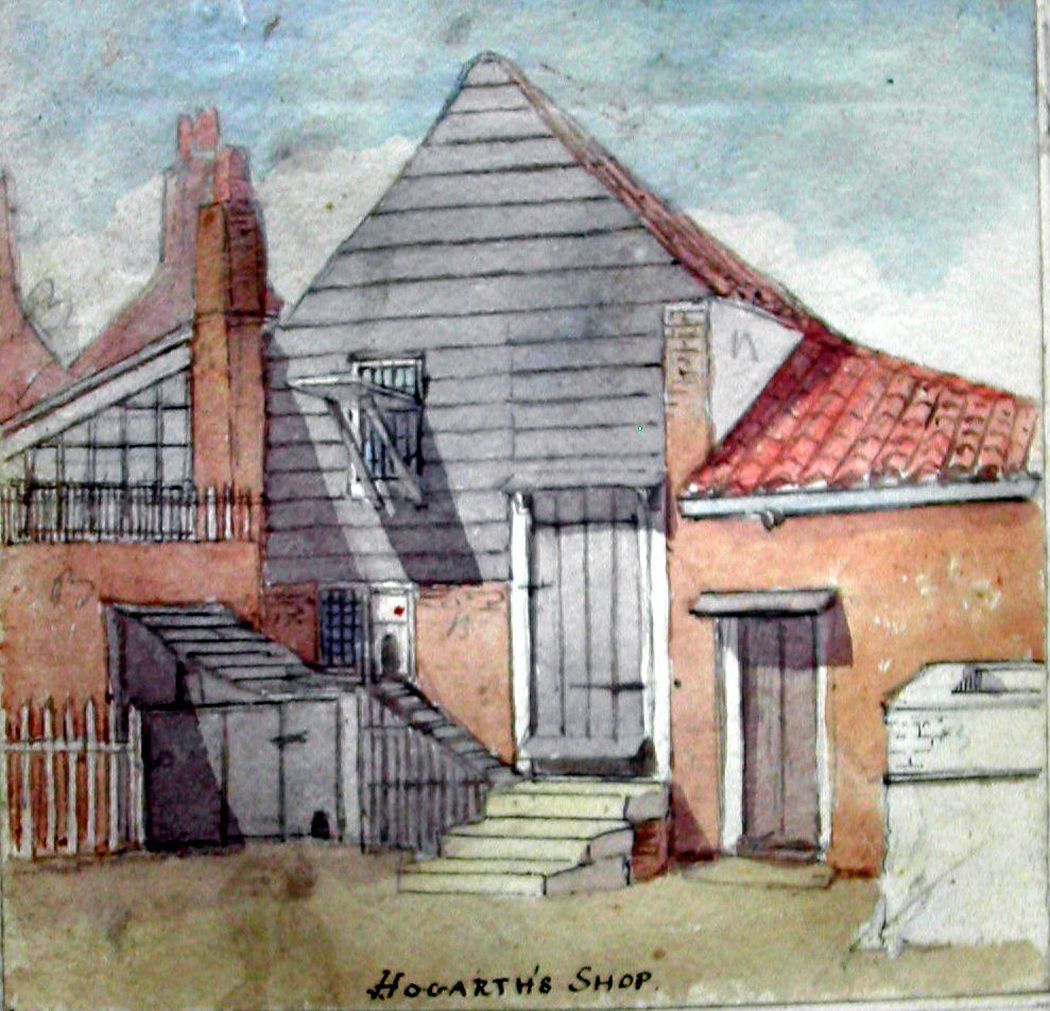Further information
To find out more about the project, keep an eye on the website of Hogarth's House, Chiswick.
The current project at Hogarth's House will build a fabulous new building for events, activities and learning (we're calling it The Studio at the moment).
It will be linked to the house and set in a newly-created garden which in its planting and features will be an "exhibition" of the history of the Hogarth's House site since it began as an orchard in the 1680s.
The funding raised, including a large grant from the Heritage Lottery Fund, has made possible some archaeology for the first time on this site. The location of Hogarth's studio – it was the room over his stable and carriage house - has long been known from maps and images, but this was the first chance to find real evidence.
In 2016 the footings of the walls were found, proving that it was constructed from the same plum-red local brick as the House itself. This dates the stable to between 1713, when the plot was still empty, and 1717, the date of the oldest record of the House in the parish rate books.

A watercolour showing Hogarth's studio from the 1840s, before it was destroyed. © Hounslow Archives & Local Studies
The Hogarths acquired the House in 1749 and immediately extended it by one room on each floor. Hogarth's household comprised his sister and his wife, her mother, her cousin and an old family friend, not to mention the servants (featured in his famous portrait at Tate Britain) and, in the summer, children from the Foundling Hospital in London's Coram's Fields, where Hogarth was a Governor.
This crowd suggests that Hogarth may have retreated to the hay-loft over the stable as a quiet place to work, quite early on! It was probably his equivalent of a chap's shed today... With the loft door from the lane converted into a north-facing window, it would have worked well.
No practical evidence of artistic activity survives on site. We did not know whether the studio was used for painting or for engraving copper plates, though Hogarth is said to have been re-working plates at Chiswick the day before he died.
Following the success of the initial archaeology I looked again at a shard which appeared to have paint layers on one surface, a chance find from a nearby shrub bed in 2011. It comes from a small rounded red earthenware pot, the inner surface bearing a lead-based glaze.
The body looked right for Hogarth's time and the paint was intriguing so I sent it to Joyce Townsend, Tate Britain's Senior Conservation Scientist. Her verdict on the pigments – brown, blacks, green, blue and yellows as well as lead white – is that the paint is all consistent with Hogarth's lifetime, though "somewhat 19th century in appearance". There may have been changes due to the shard lying in waterlogged soil for so long.
Now it seems clearer that Hogarth may have been painting at Chiswick!

A paint pot shard uncovered at the site
To find out more about the project, keep an eye on the website of Hogarth's House, Chiswick.